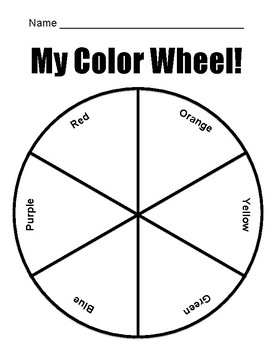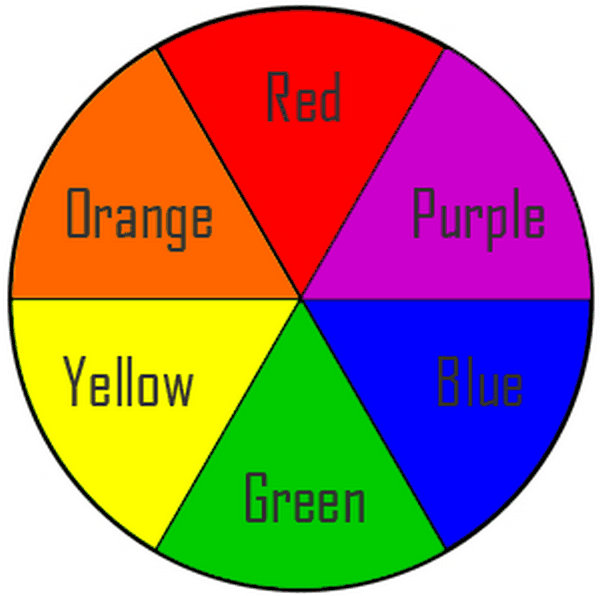

I prefer drawing out my wheel before painting, but you can definitely free-hand it, if you want to dive right in! Read on to see how I draw mine. I'll list all of them below with a few recommendations:Ĭompass (or a circle shape you can trace, like a CD) Supplies Needed:īesides the obvious paints, paper and a brush, you'll need a few other materials to make your charts. Now, let’s get started painting a color wheel and then take a look at a few different color wheel examples.

Tertiaries are known to produce hues that are more “dull” than primaries or secondaries. For example: blue + green or red + purple. The tertiary colors are in-between colors created when mixing a primary with a secondary. With these 6 colors, you now have all the colors of the rainbow. The secondary colors - orange, green, and purple , are created by mixing two primaries: So if you’re just starting, these three would be good primary pigments to pick up. However for now and for simplicity’s sake, based on what I've seen, the “traditional primaries” are considered to be: This also means that you could (theoretically) paint using only these three colors without buying any other paints.īut there are so many reds, yellows and blues in watercolors, which ones do you choose? In this blog post, I’ll show 3 different color wheels using different reds, yellows and blues. But theoretically, all colors can be made from these three colors - including black (just mix them in equal parts).

These colors cannot be made by mixing together any other colors. The primary colors that make up a color chart are: red, yellow, and blue. These three primary colors are mixed to create three secondary colors and then three tertiary colors. The color wheel is based on three primary colors.


 0 kommentar(er)
0 kommentar(er)
